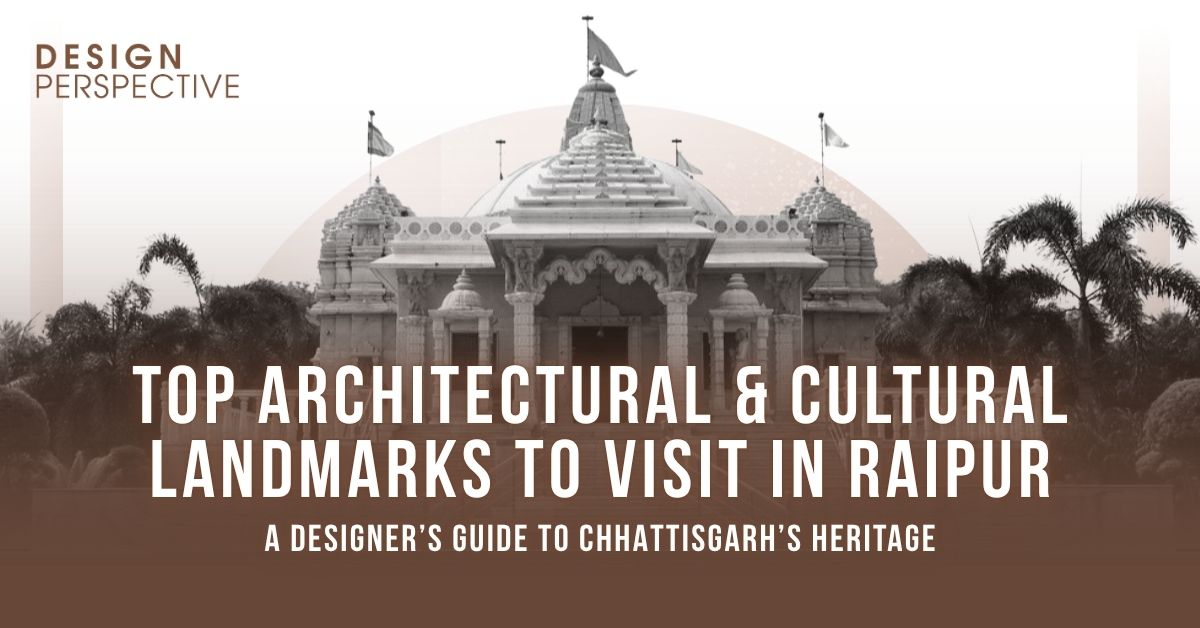Raipur may be known as Chhattisgarh’s industrial hub, but beneath its growing skyline lies a lesser-known treasure trove of cultural depth, tribal narratives, and diverse architectural styles. From open-air heritage museums to colonial-era marvels and ancient temples, the city presents a compelling visual journey for architects, urban designers, and cultural enthusiasts. Here’s a curated guide to some of the most remarkable places in Raipur you shouldn’t miss — not just for travel, but for spatial inspiration.
1. Purkhouti Muktangan: An Open-Air Cultural Tapestry
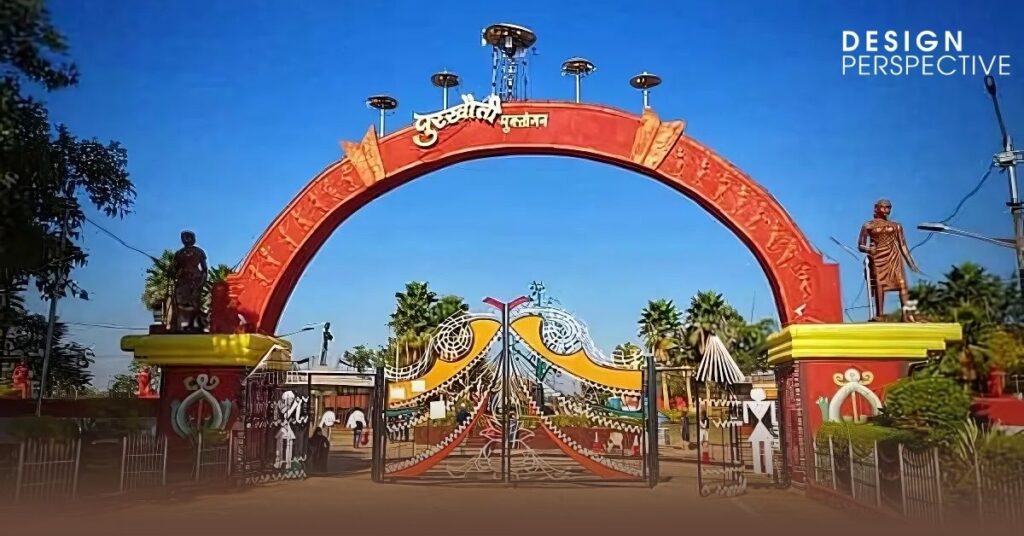
Located on the outskirts of Raipur, this museum is more than just a tourist spot — it’s an expansive open-air exhibition showcasing Chhattisgarh’s indigenous communities, lifestyles, and architectural details. Traditional tribal homes, life-sized sculptures, murals, and regional crafts are placed strategically to recreate authentic village settings. For architects, it’s a window into vernacular design and anthropological storytelling.
2. Rajiv Lochan Mandir, Rajim: Spiritual Geometry by the Rivers
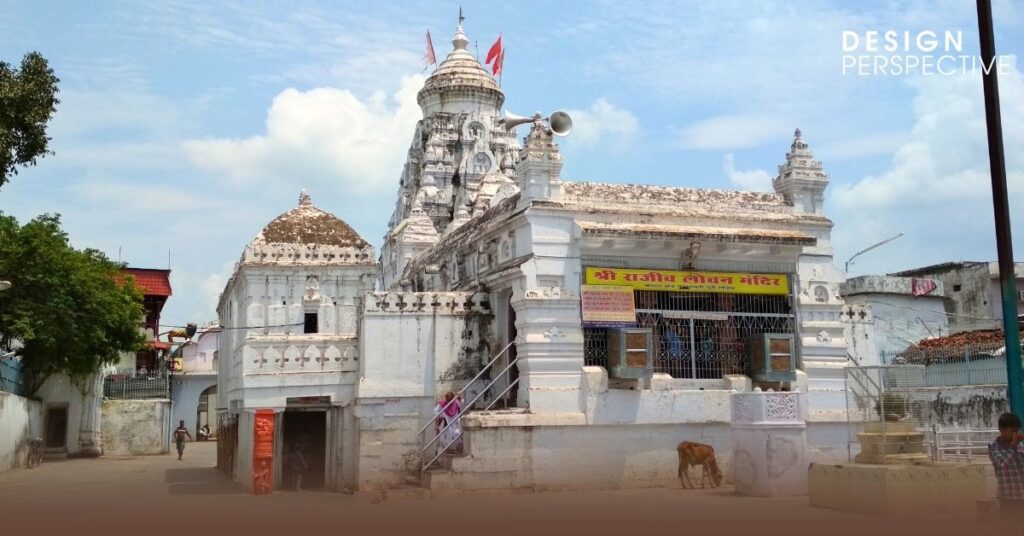
Often referred to as the “Prayag of Chhattisgarh,” the ancient Rajim temple is dedicated to Lord Vishnu and is a stunning example of early Indian temple architecture. With its high spire, stone carvings, and placement at the confluence of three rivers, it holds both spiritual and structural significance. The temple’s intricate symmetry and iconography offer lessons in balance, axis planning, and contextual construction.
3. Mahant Ghasidas Memorial Museum: A Colonial-Indian Blend
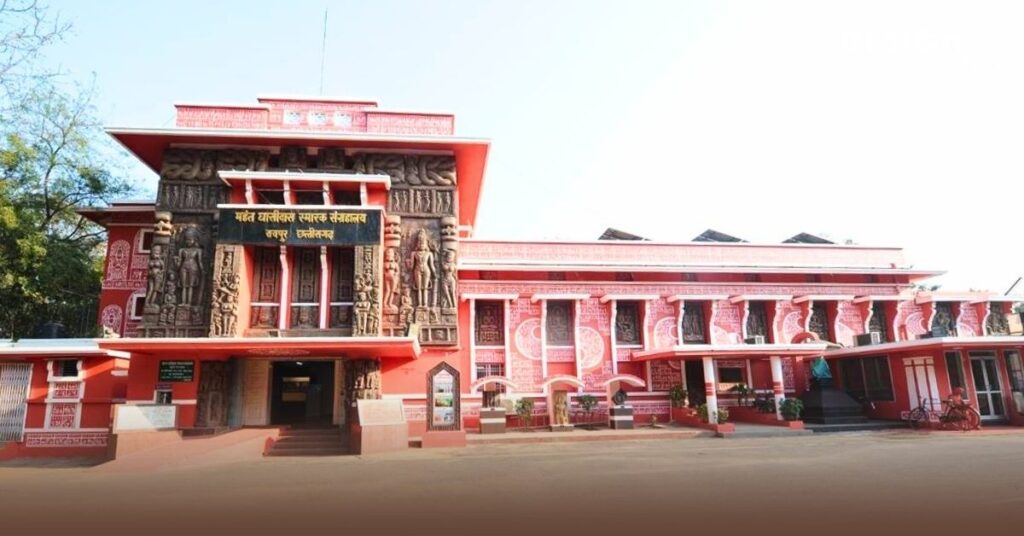
Built in 1875, this two-storey museum stands as a blend of colonial influence and regional architectural vocabulary. The building uses both European-style colonnades and Indian jaali patterns to house its vast archive of sculptures, coins, tribal masks, and relics. It’s not just the content inside — the museum itself is a built chronicle of cultural confluence.
4. MM Fun City: Where Leisure Meets Urban Design
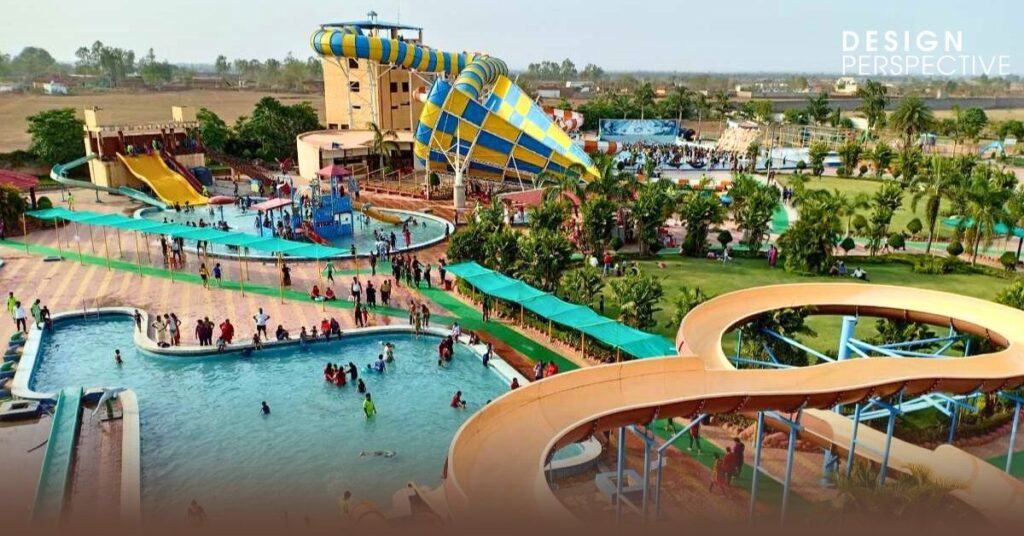
While amusement parks rarely find a place in architectural discourse, MM Fun City is an exception. The park’s layout reveals thoughtful zoning — from thrilling rides to calming green spaces. Its modular water slides, rope courses, and zip lines are enveloped by landscaped gardens, eateries, and shaded rest zones — showing how public leisure spaces can be efficiently planned and made inclusive for all age groups.
5. Doodhadhari Monastery and Temple: Ramayana in Stone and Paint
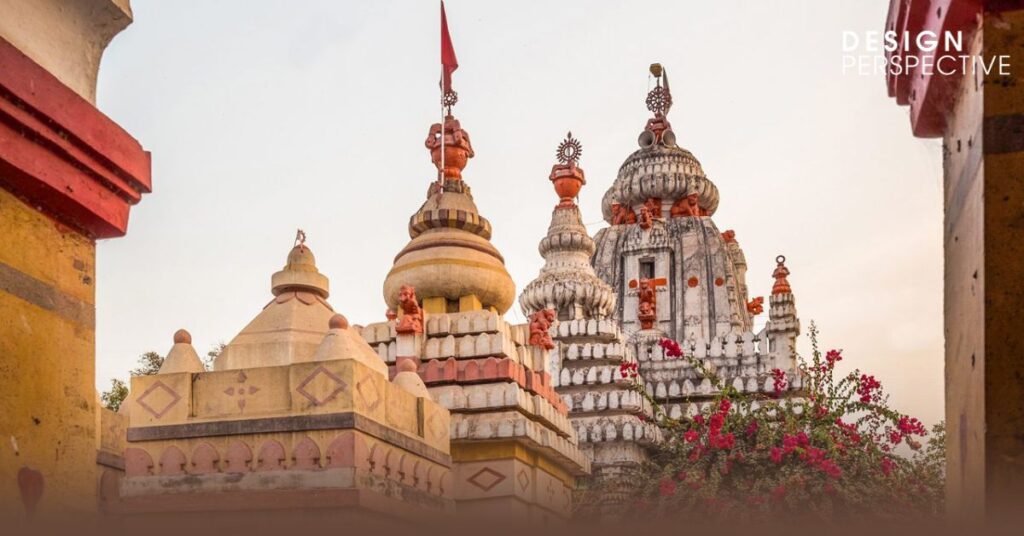
This 17th-century temple-monastery complex was established by King Jaitsingh and dedicated to Lord Rama. What sets it apart are the intricately carved arches, ceiling frescoes depicting scenes from the Ramayana, and peaceful courtyards wrapped in subtle ornamentation. For designers, it serves as a case study in sacred architecture, spatial hierarchy, and cultural preservation.
6. A Growing Canvas: Raipur’s Changing Urban Narrative
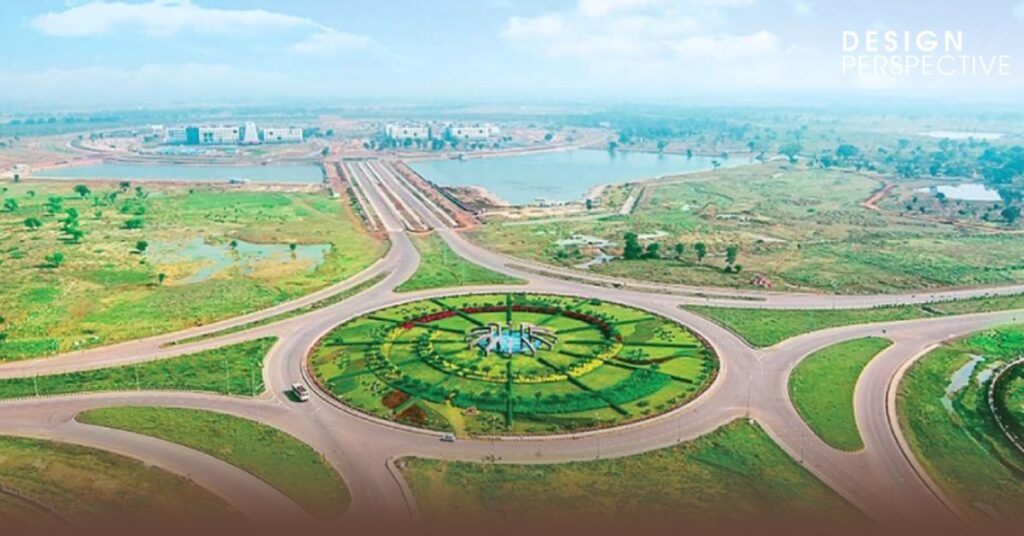
Beyond individual landmarks, Raipur is evolving with green infrastructure, modern public spaces, and adaptive reuse of land. From smart roads to local art installations across city corners, architects can find subtle shifts toward urban inclusivity, resilience, and contextual growth. The city’s unique blend of tribal heritage and contemporary aspirations makes it a dynamic case study.
Also Read – Raipur’s Cultural Map: Museums, Galleries & Everything In Between
Conclusion: Why Architects Shouldn’t Overlook Raipur
Raipur may not make it to every travel blog’s “Top Cities” list, but for designers and architects, it holds something rare — authenticity in layers. From tribal craftsmanship to Maratha-influenced temples and Indo-European museums, the city offers a multi-dimensional design experience rooted in history yet echoing transformation.
And if you’re truly passionate about discovering design through a regional lens — join us for the Design Perspective: Raipur Edition. It’s more than an event — it’s a movement that invites you to engage, question, and create.
Register now to be a part of the growing dialogue on architecture, culture, and community

